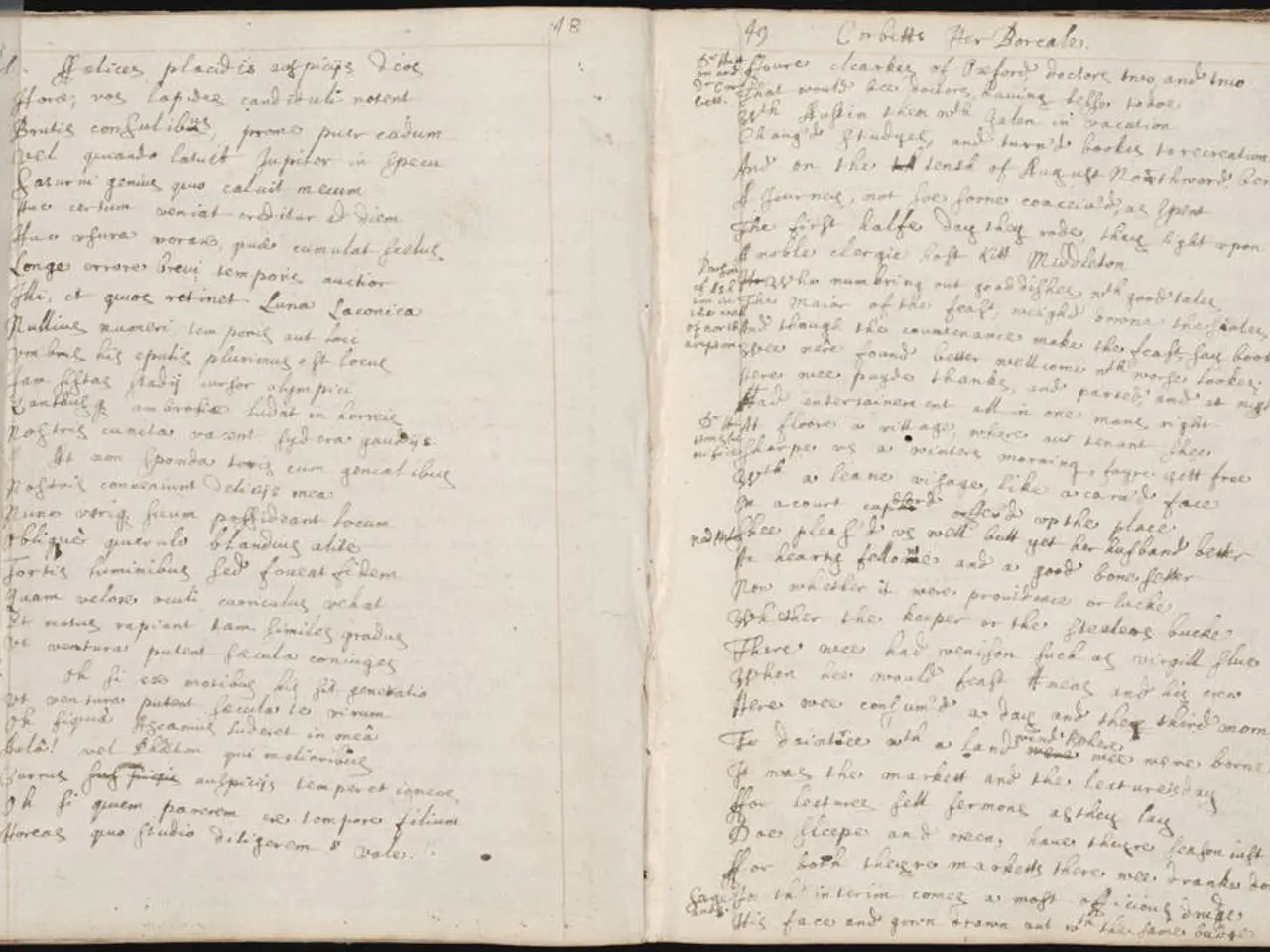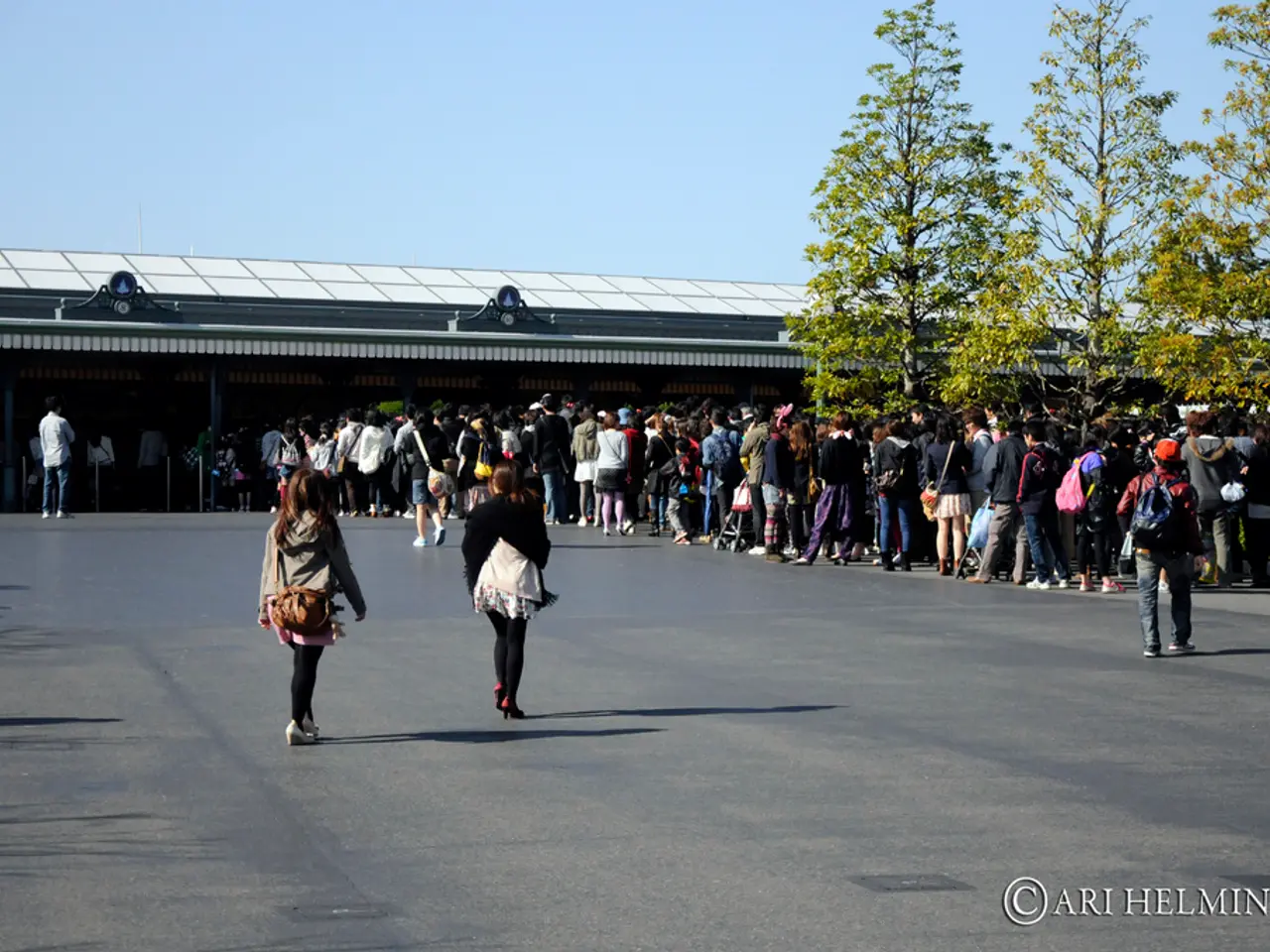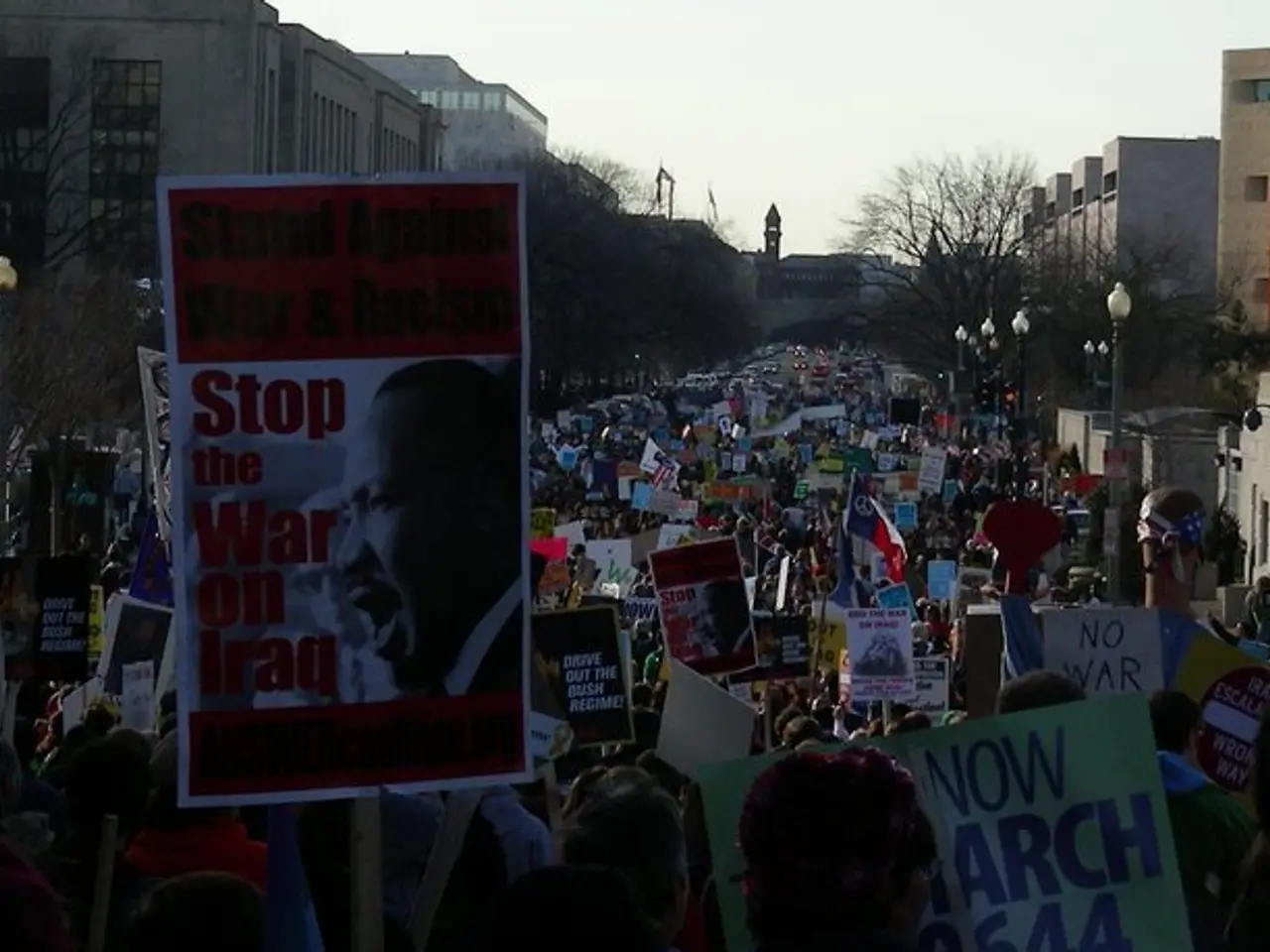Unrestricted Justice System
In the political landscape of the United States, a power struggle between the Trump administration and the judicial branch has been unfolding. This tension, which has been building since the 1970s, has seen the courts taking on more power and growing their authority at an unprecedented rate.
The Trump administration's choices for cabinet positions, with the exception of Matt Gaetz, have been generally good, according to some observers. However, the administration has found itself on a collision course with the judiciary. The power of one district judge to completely shut down federal policy on a national level is a concern, as there are 677 district judges in the United States.
The Trump administration has been accused of inching closer to overstepping the lines drawn by the Constitution. Critics point to the removal of hundreds of billions of dollars of federal funding as an example of such overreach. Yet, federal courts have been striking down unconstitutional policies of the Trump administration, a testament to the judiciary's role in checking the executive branch.
The Supreme Court, the apex of the judicial system, has been taking on more power and growing its authority. Its job is to determine the legality and constitutionality of a law, not to make policy. However, historically, judicial activism has varied, often increasing during periods of significant social or political change.
The early 20th century "Lochner era" is a prime example of conservative judicial activism, where the Supreme Court struck down economic regulations seen as infringing on economic liberty. Conversely, during the New Deal era in the 1930s, the Court initially resisted but eventually upheld many economic reforms. Judicial activism significantly expanded mid-century with rulings in civil rights, such as Brown v. Board of Education, where courts actively shaped social policy and constrained state and federal action.
Criticism and support of judicial activism often align with political views. Conservatives criticized activism when it upheld abortion rights in Roe v. Wade, while socialists opposed activist courts during the Lochner era. Recently, as the Supreme Court has shifted right, liberals have renewed criticisms.
The debate over court-packing during FDR’s presidency exemplifies conflicts over activism’s impact on branch power. FDR’s attempt to add justices to secure favorable rulings was viewed as a power grab, illustrating concerns judicial activism can provoke political backlash and restructuring efforts.
In the current scenario, federal judges, primarily appointed by Democrats, have issued 4 dozen rulings since January that blocked or limited aspects of the Trump administration's agenda. This has been criticized for being an extreme overreach that undermines the legitimacy of the courts.
It is important to note that the American people do not elect the justices. They are appointed and serve until retirement or death. This raises questions about the accountability of the judiciary and the balance of power between the three branches of government.
As the Trump administration and the judicial branch continue to clash, it is crucial for Congress to take control of the out of control Executive and Judicial Branches to prevent being left for dead on the ash heap of history. The founders envisioned a different role for the Judiciary than what is currently being exercised, and it is up to the legislative branch to ensure that the balance of power is maintained.
[1] Baum, L. (2018). The Supreme Court's conservative turn: A brief history. The Washington Post. [2] Edwards, A. (2018). The Supreme Court's conservative turn: A brief history. Vox. [3] Liptak, A. (2018). The Supreme Court's conservative turn: A brief history. The New York Times. [4] Wittes, B. A. (2018). The Supreme Court's conservative turn: A brief history. Lawfare. [5] Ashwander, H. M. (1947). The process of constitutional decision-making: An inquiry into the basis of action in constitutional adjudication. Yale Law Journal, 56(6), 899-932.
- Harvard law professor Benjamin Wittes, in an analysis, discussed the Supreme Court's conservative turn, providing a brief history of the shifts in its activism, which can be found in several publications, including The Washington Post, Vox, The New York Times, and Lawfare.
- The ongoing power struggle between the Trump administration and the judicial branch has been a subject of general news, with events such as the federal judges' rulings blocking or limiting aspects of the administration's agenda drawing attention to the role of policy-and-legislation and politics in this unfolding drama.
- According to a Yale Law Journal article, the role of the judiciary, and particularly the Supreme Court, has undergone significant changes over time, with periods of judicial activism shaping social policy, as exemplified in cases like Brown v. Board of Education, and reflecting the opinions of various observers, scholars, and political analysts.








